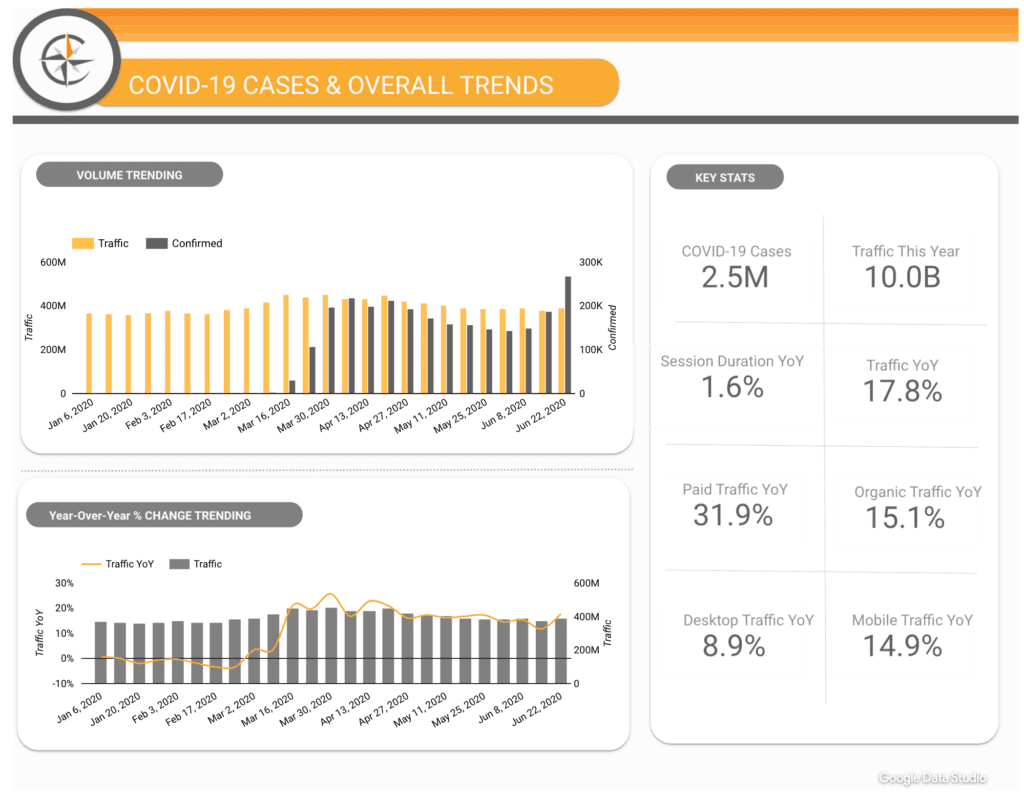Unlocking the Full Potential of GA4 with Custom Metrics
Google Analytics (GA4) is packed with powerful built-in metrics, but to truly maximize its value, businesses need to leverage custom metrics. These user-defined measurements allow you to track the specific actions and business outcomes that matter most. In this two-part series, we’ll explore how to set up custom metrics in GA4 and follow up with best practices and common pitfalls to avoid.
What Are Custom Metrics in GA4?
Custom metrics are numerical values based on event parameters that help you measure unique aspects of user behavior and business performance. Unlike standard GA4 metrics like page views or session duration, custom metrics let you track specific actions that are critical to your business.
For example:
- An e-commerce store might track “Average Discount Value” to measure promotional effectiveness.
- A SaaS platform might measure “Feature Usage Time” to analyze product engagement.
By defining and implementing custom metrics, you gain deeper insights into user interactions and make more data-driven decisions.
Why Use Custom Metrics?
1. Business-Specific Measurement: Track metrics tailored to your industry and objectives.
2. Deeper Insights: Understand user behavior beyond standard reports.
3. Enhanced Reporting: Create custom dashboards that align with stakeholder needs.
4. Improved Analysis: Combine standard and custom metrics for a more holistic view of performance.
How to Set Up Custom Metrics in GA4
Creating custom metrics in GA4 is simple but requires planning. Follow these steps:
- Navigate to Admin > Custom Definitions > Custom Metrics in your GA4 property.
- Click “Create Custom Metric” and define the following:
- Name: Use clear, descriptive names.
- Description: Document the metric’s purpose.
- Event Parameter: Choose the data source.
- Unit of Measurement: Standard, currency, or time.
- Save your custom metric and integrate it into your reports.
Example: Creating a “Gift Wrap Opt-In Count” Metric
Let’s say you want to track how many times users choose gift wrapping when making a purchase. Here’s how you’d set it up:
1️⃣ Track the purchase event in GA4
2️⃣ Use an event parameter, e.g., gift_wrap_added, with a boolean value (1 for “Yes,” 0 for “No”). If a user opts for gift wrapping, the gift_wrap_added parameter is set to 1 within the purchase event.
3️⃣ Create a custom metric with these settings:
- Metric Name:
gift_wrap_opt_in_count - Scope: Event
- Unit of Measurement: Standard
- Parameter: Select
gift_wrap_addedfrom the purchase event
What happens next? GA4 will automatically count every time gift_wrap_added has a value of 1, giving you a clear view of how many users select gift wrapping.
This method ensures accurate tracking of specific user choices during key events, such as purchases.
Why This Works
Custom metrics in GA4 rely on event parameters. They are most effective when applied to numerical parameters tied to specific events—like tracking how many users selected a premium add-on, watched a video to completion, or opted into a promotion.
Coming Up Next: Best Practices & Common Pitfalls
Now that you know how to set up custom metrics in GA4, the next step is optimizing them for accuracy and actionable insights.
In the next post, we’ll cover:
✅ Best practices for using custom metrics effectively
🚫 Common mistakes that can lead to inaccurate data
📊 How to get the most value out of your custom metrics
Stay tuned for Part 2! 🚀
📌 Need expert help setting up GA4? Contact Cardinal Path for guidance on custom metrics and advanced tracking strategies.
Stay tuned for part two!
Author

Andrei is a consultant with the Analytics Implementation team at Merkle | Cardinal Path. He specializes in implementing web analytics solutions for a range of clients, ensuring data is collected accurately and reliably. By configuring and maintaining analytics platforms, he helps clients capture the data they need to optimize their online strategies and achieve their business goals.
View all posts


















